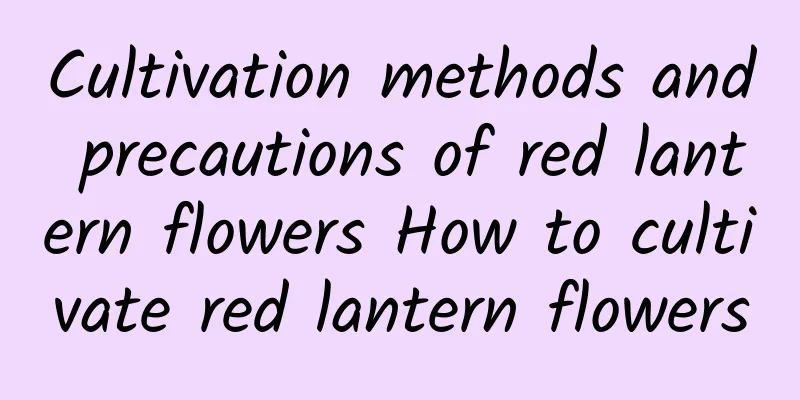How to propagate green radish

1. Cutting1. Choose branchesSelect mature, healthy-looking, disease- and insect-free strips from the green radish. It is generally recommended to select from the center of the green radish plant, so that the branches and leaves in the middle can be seen through. The selected paper strip has three or four leaves and is about ten centimeters in length. 2. Choose the matrixThe choice of substrate for cuttings is very important. Choose loose, fertile and clean soil, but it must not contain fertilizer. Fertilizer will inhibit the production of new roots and is not conducive to the survival of green radish. 3. Post-maintenanceAfter planting, place the green radish in a cool and ventilated place. Be sure to avoid direct sunlight for the cuttings. If the humidity at home is low and the air is too dry, you can cover the leaves of the cuttings with plastic film. If the number of cuttings is relatively small, you can also use disposable paper cups upside down to keep them warm and moisturized. 2. LayeringThe green ivy has aerial roots growing on the knots. Using this feature, we can select longer green ivy branches and bury them in the soil without cutting them off, ensuring that the soil can cover the "knots" of the green ivy so that the aerial roots can play a role. In about twenty days or a month, the nodule will grow roots. After the roots grow out, you can cut it off from the mother plant, dig it out of the soil, and transplant it into a new pot. 3. Water plugPlace the cut branches (same requirements as above) in a cool place for about twenty minutes until the wound slowly dries. Then add water to a clean container and put the branches in. Change the water about once a week and you will slowly observe new roots growing out. After the new roots grow out, you can choose to grow them in soil or water. If you want to grow them in soil, you can transplant them when the new roots grow to about ten centimeters. |
<<: Cultivation methods and precautions of Japanese begonia
>>: Green radish cultivation methods and precautions
Recommend
How to make water bamboo take root quickly
Water bamboo quick rooting method If you want the...
Is the Cream Lonza rose a vine or a shrub? How to grow it?
1. Is the Cream Lonza rose a vine or a shrub? Cre...
What to do if Daphne odora drops leaves
Metabolism When the Osmanthus fragrans sprouts ne...
Ten major misunderstandings and countermeasures in pruning seedlings
Misunderstanding 1: Focus on tree shape and ignor...
Cultivation methods and precautions of velvet-leaved pineapple
1. Temperature The best growth temperature for ve...
How to grow Dichondra divaricata to achieve waterfall effect
Maintenance and lighting of Centaurea When growin...
How to Grow Jasmine
1. Prepare the soil Prepare the soil before plant...
How to prune a potted lemon tree
Potted lemon tree pruning time Lemons can be prun...
How does Clivia pollinate?
1. Time The flowering period of this flower is fr...
Which month is suitable for planting Gastrodia elata?
When to plant Gastrodia elata Gastrodia elata is ...
What are the cultivation methods and precautions of scattered bamboo?
Introduction of Bamboo Areca palm, scientifically...
How to plant aloe vera and make it survive easily? Planting methods and cultivation techniques of potted aloe vera
Aloe vera is a perennial evergreen herb. Before p...
How to grow yam to achieve high yield?
Yam is rich in carbohydrates, dietary fiber, prot...
How to grow potted roses and what to pay attention to
Growth habits of potted roses Potted roses prefer...
The difference between Calla Lily and Alocasia
1. Calla Lily It also has another nickname, calle...









